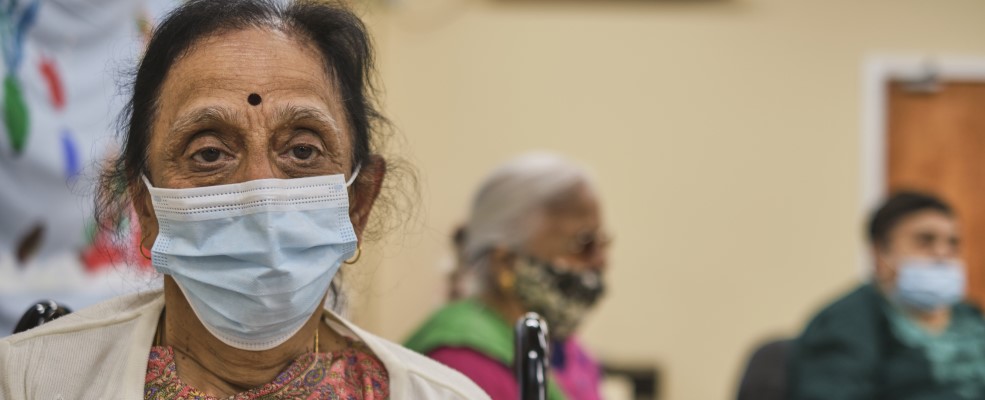As someone who has a chronic illness and is immune supressed, I was shielding for long periods during the pandemic. In this prolonged isolation, I felt affinity with some older and disabled people, who historically have been theorised and identified separately. I argue that the COVID-19 pandemic brought together these two groups through some similar experiences of discrimination, isolation and invisibility.
By curating an edited collection of work on this topic, I wanted to find out what could be learnt. What emerged was the need for an anti-ableism and anti-ageist ethics of care, and some unique intersecting experiences of ‘pandemic time’ and digital accessibility during the pandemic.
The need for an anti-ableist and anti-ageist ethics of care
In my paper the ethics of rationing treatment using utilitarian triage tools is discussed. Particularly in the first wave, age was used as a proxy measure for health, instead of making personalised decisions based on need.
Maria Berghs et al. also discussed how people with sickle cell disease in the UK were in fear of being ‘triaged’ and there not being anyone to advocate for them if admitted to hospital. Ableism alongside racism contributed to their condition being placed lower down the hierarchy of illnesses which are taken seriously in the provision of care services.
Intersecting experiences of ‘pandemic time’ and digital accessibility
McFarland et al. in Canada found that pandemic time enhanced access for people growing older with or into disability via online technologies. Whereas the shifting from ‘pandemic time’ to ‘normal’ in-person interactions, excluded those who continued to remain at risk to COVID and because in-person spaces are designed for ‘normal’ bodies.
McFarland et al.’s work highlighted the need for technological advancement to be designed with not just for older and disabled groups. Digitalisation can both include and exclude older people, and this was also found by Konig and Seifert in their work reporting older people’s internet usage in Switzerland and reiterated a need to focus on including and making accessible technology for older people.
Finally, Alnamnakani’s in-depth account of one disabled, older Muslim woman’s experiences of multiple forms of discrimination during the pandemic in the UK, powerfully illustrates the indirect impact that the COVID-restrictions had on experiences of disablism in that time and space. Zora suffered gender-based abuse on public transport. However, she refused to be labelled as a victim, instead called herself ‘brave’ for acting against her abuser by reporting it and thus addressing the collective safety of women in society.
Designing future care services without discrimination
It is noticeable how easily the responsibilities and ethics of care can be suspended. However, ‘care’ also changed during the pandemic providing new potentialities in how we work and live. The collection helps to understand how to situate a better future of ‘care’.
I call on governments to learn lessons from COVID-19 and use an ‘anti-ableist and anti-ageist ethics of care’ to design future services that more effectively address systemic and overlapping discrimination. Policymakers need to put the human rights and dignity of older and disabled people front and centre.
In case you missed Dr Bethany Simmonds’ (Aberystwyth University) WISERD Lunchtime Seminar, you can watch it on our YouTube channel.
Image credit: Centre for Ageing Better

